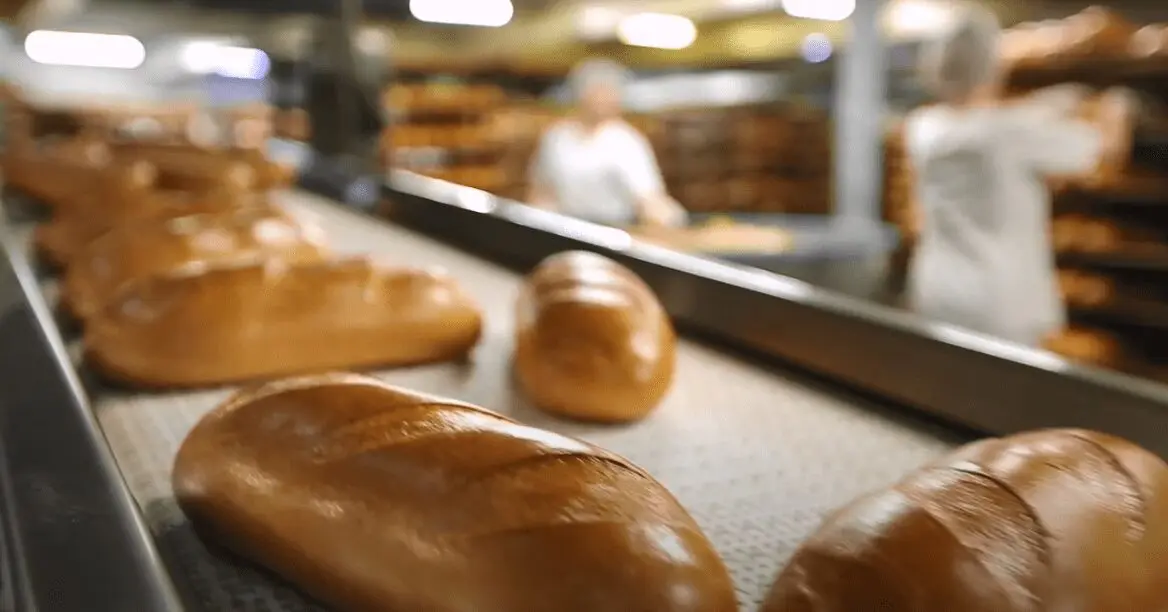Follow the field-to-table journey of U.S.-grown wheat
Your favorite bread has taken a long journey to arrive at your kitchen table. Come along as we follow the field to table journey of U.S.-grown wheat.
Research & Breeding
All bread starts as a seed, but not just any seed. Trained scientists carefully select the seeds. These scientists hand pick the seeds, or kernels, to become a new wheat variety. Out of thousands of candidates to be a new variety of wheat, only a handful make the cut.
Field to Table: Planting
These selected varieties become available to farmers who plant them in soil and nurture them for months while they grow into wheat plants. These farmers make choices about how to best nurture the growing plants with fertilizer and other nutrients.
Wheat Classes
There are six classes of wheat that grow in 42 states across the country. They are designated by their color, hardness and their growing season.
White wheat has a mild and slightly sweet taste, and red wheat has a nuttier flavor.
Hard wheat is used for breads and pastries, and soft wheat is used for confectionery products like crackers or cookies.
Spring wheat is planted in the spring and harvested in the fall, and winter wheat is planted in the fall, becomes dormant over the winter, begins to grow again in the spring and is harvested in summer.
There is also Durum — the hardest of all wheats — which gets its own class and is primarily used in pastas.
Field to Table: Harvest
When the wheat is fully grown it turns from green to gold — the bright, iconic color wheat is best known for. The plants have dried out and become brittle. This means it is time to harvest the wheat.
A large machine, called a combine, is used to cut the wheat — similar to mowing grass. It collects the dried plants — much like a bagger on a lawn mower — and then separates the kernels from the chaff. The chaff is the dried plant, which is blown out of the back of the combine onto the soil. It protects the soil from harsh weather and collects moisture for next year’s crop. The kernels, meanwhile, are collected in a large bin inside the combine.
When that bin gets full, a grain cart drives beside the combine. The combine then unloads the wheat kernels into the grain cart using an auger. This allows the combine to continually collect wheat kernels the entire time so it is harvested at the peak moment of quality.
The grain cart takes the wheat kernels and unloads them into a large truck, or semi, that is waiting at the edge of the field.
Transportation
Semis take the wheat to a nearby grain elevator. Grain elevators store wheat until it is ready to be taken to its next destination — either through more semis or by train.
About half of the wheat will be loaded onto large ships and exported to customers around the world, while the other half will be milled into flour right here in the United States.
Field to Table: Milling
Once wheat arrives at a flour mill, it is cleaned to remove impurities such as sticks, stones and other course and fine materials.
Then it is sent to conditioning bins, where it is soaked in water for easy removal of the bran. The bran is the protective outer shell of the wheat kernel. Conditioning
ensures moisture content is uniform throughout the grain because moisture helps to prevent the bran from breaking during milling.
Next, different wheat is blended — known to millers as wheat grist. At this stage different wheat batches are mixed to create the specific kind and quality of flour to meet the millers’ needs.
The wheat is ground by a flour mill machine that crushes it into pieces. It is then put through sifters that separate the endosperm, wheat germ and wheat bran. These can be sold separately or used to produce different flours. For example — wheat bran, wheat germ and white flour blended together creates whole wheat flour.
Here it can be packaged for grocery stores or it can be sent in bulk to commercial bakeries.
The top 3 largest milling companies in the United States are Ardent Mills, ADM Milling and Grain Craft.
Baking
Today’s commercial bakeries use the latest energy and water-saving technologies to produce hundreds of loaves of bread per day. These loaves are delivered to grocery stores and restaurants on a daily basis.
While all of these wheat foods go through quite a complex process to get here, they are still created from the simplest, highest-quality ingredient: U.S.-grown wheat.
From Field to Table
To learn more about about the steps wheat goes through from the farm to your table, check out this infographic from our friends at Texas Wheat.
